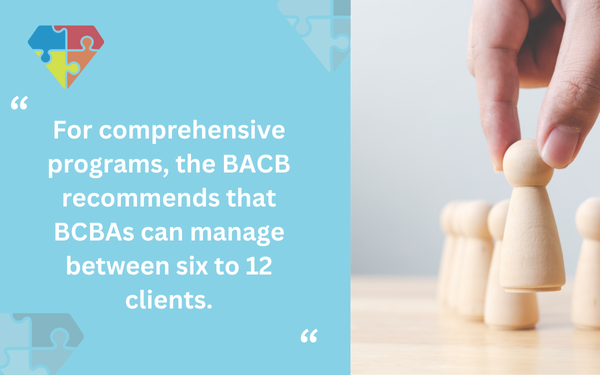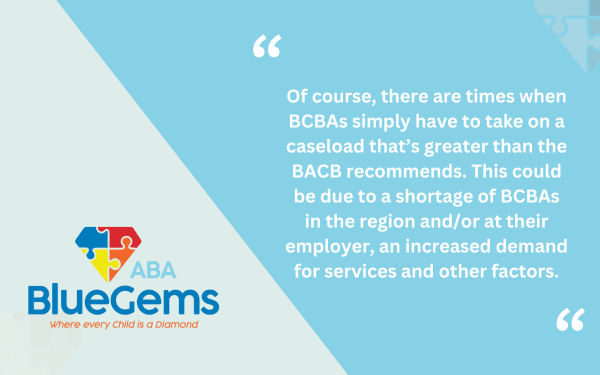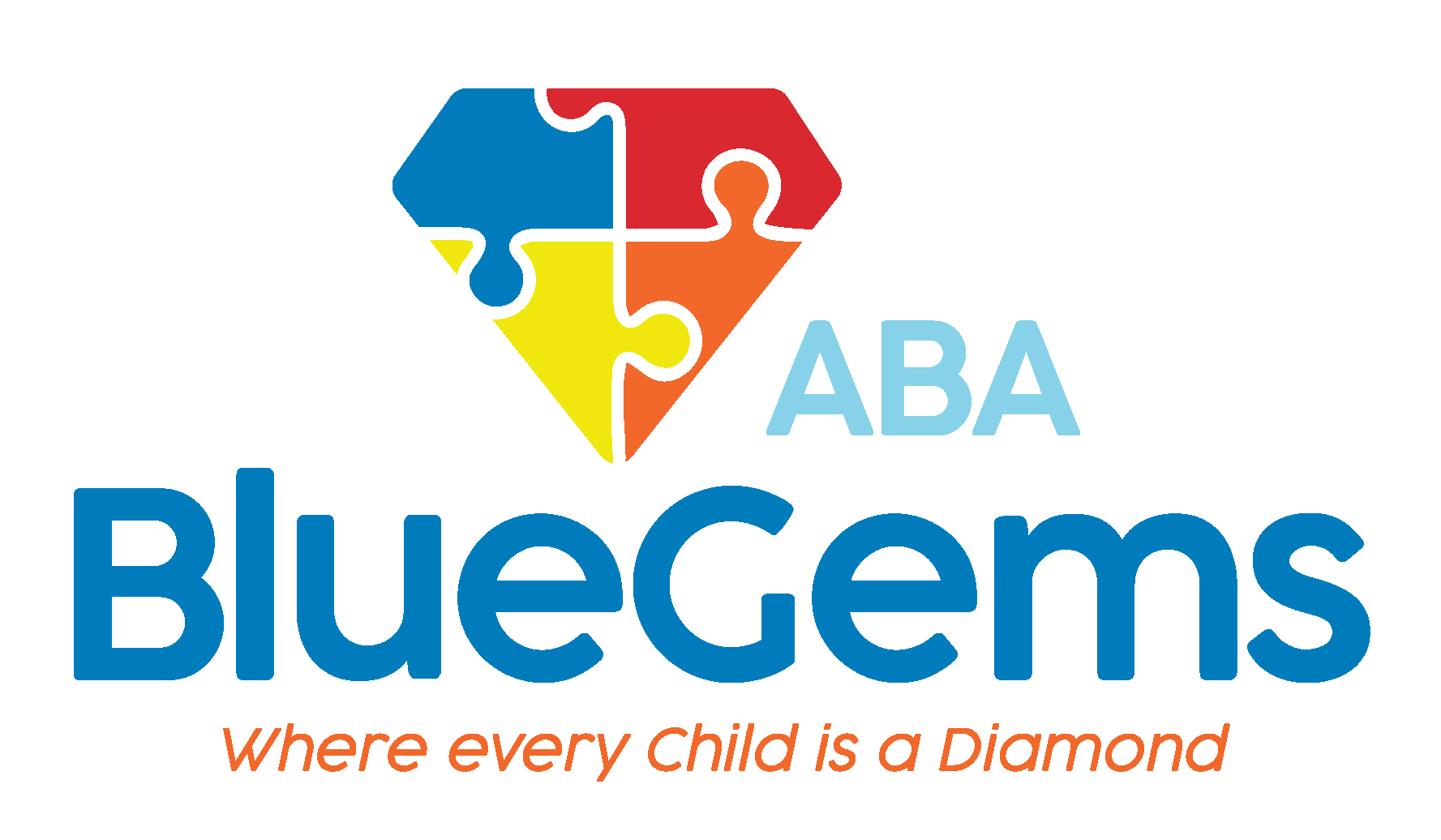How Many Clients Does a BCBA Typically Manage?
Applied behavior analysis (ABA therapy) is the leading treatment for children with autism spectrum disorder (ASD). Incorporating repetition, positive reinforcement and many other strategies, therapists can help their patients build the social, communication and daily life skills that they may struggle with.
Leading most ABA therapy plans is a Board Certified Behavior Analyst, or BCBA. These professionals have obtained the highest certifications in their field, spending years obtaining advanced degrees, completing supervised fieldwork and passing an examination to rise to their positions.
BCBAs have a number of different roles in ABA therapy, including conducting patient evaluations and assessments, crafting personalized treatment plans, collecting and analyzing data, making adjustments to treatment plans when necessary, interacting with and training parents and caregivers, and supervising other professionals in the field.
With these professionals being responsible for so much, it’s important that they don’t overload themselves with too many cases. Below, we’ll explore that topic to see if there’s a recommended caseload that BCBAs should take on.
Table Of Contents
Is There a Standard Recommendation for a BCBA’s Caseload?
BCBA certification is overseen by the Behavior Analyst Certification Board (BACB). This organization is responsible for setting the guidelines and requirements for what is needed to become certified as a BCBA so that you can work in the field of ABA therapy, as well as what BCBAs have to do to maintain their certification.
In addition, the BACB also publishes guidelines regarding what they consider to be an appropriate caseload for BCBAs. This is done to ensure that these professionals are able to provide the high standard of care that the organization touts.
In making these recommendations, the BACB assumes that a BCBA provides direct oversight and supervision for every case. They also recognize that adjustments may be acceptable to their guidelines based upon any additional support the BCBA has, including having experienced RBTs or other BCBAs working on their cases as well.
What is the BACB’s Recommended Caseload for BCBAs?
The BACB separates ABA therapy caseloads into two categories — comprehensive and focused.
Comprehensive programs are considered to be those that typically require between 30 and 40 hours of ABA therapy every week. These programs are usually administered to patients whose support needs are more significant.
For comprehensive programs, the BACB recommends that BCBAs can manage between six to 12 clients.

Focused programs, meanwhile, usually involve fewer hours of therapy every week, anywhere between 10 and 25. In most cases, these programs will have a more narrow focus, such as helping patients improve their social interaction or communication skills.
These focused programs are typically designed for patients who don’t have as serious needs as others on the autism spectrum. As such, the BACB sets a recommended caseload of between 10 and 15 clients for BCBAs.
What Are Some Potential Downsides to Larger Caseloads?
The overarching reason why the BACB issues these recommended caseloads is that they want to ensure that BCBAs are able to dedicate the proper time and attention to all their patients.
The organization believes that there are some inherent potential downsides to BCBAs taking on a larger workload. Some examples include …
- Burnout: BCBAs who take on too many clients are more susceptible to burnout. This not only negatively impacts their own mental and physical state, but also affects the care that is being provided to patients.
- Supervision: When BCBAs are spread too thin, they aren’t able to provide the same attention to their supervisory role. This could result in RBTs not getting sufficient or consistent feedback, for instance, which could lead to ABA therapy being delivered inconsistently.
- Progress: ABA therapy patients need to be monitored closely, with their therapy plans being adjusted based on progress they are making toward stated goals. If a BCBA has too big a caseload, they may not be able to properly set aside time to analyze data and give patients the direct attention they need to make progress.
Of course, there are times when BCBAs simply have to take on a caseload that’s greater than the BACB recommends. This could be due to a shortage of BCBAs in the region and/or at their employer, an increased demand for services and other factors.

While situations like these may be unavoidable, it’s always best to try to stick to the recommended caseload sizes that the BACB recommends.
Blue Gems ABA Ensures the Right Mix of Patients and BCBAs
BCBAs play a vital role in the creation of ABA therapy treatment plans and the delivery of services to patients with ASD. The BACB sets recommended caseloads for BCBAs to ensure that they are able to deliver these services in a way that meets their high standards of care.
At Blue Gems ABA, we carefully balance the right mix of patients and BCBAs so we can ensure that every patient gets the direct support, care and instruction that they need. That’s how we effectively help children on the autism spectrum build skills and modify certain behaviors to live as independently as possible.
To learn more, please contact us today.










